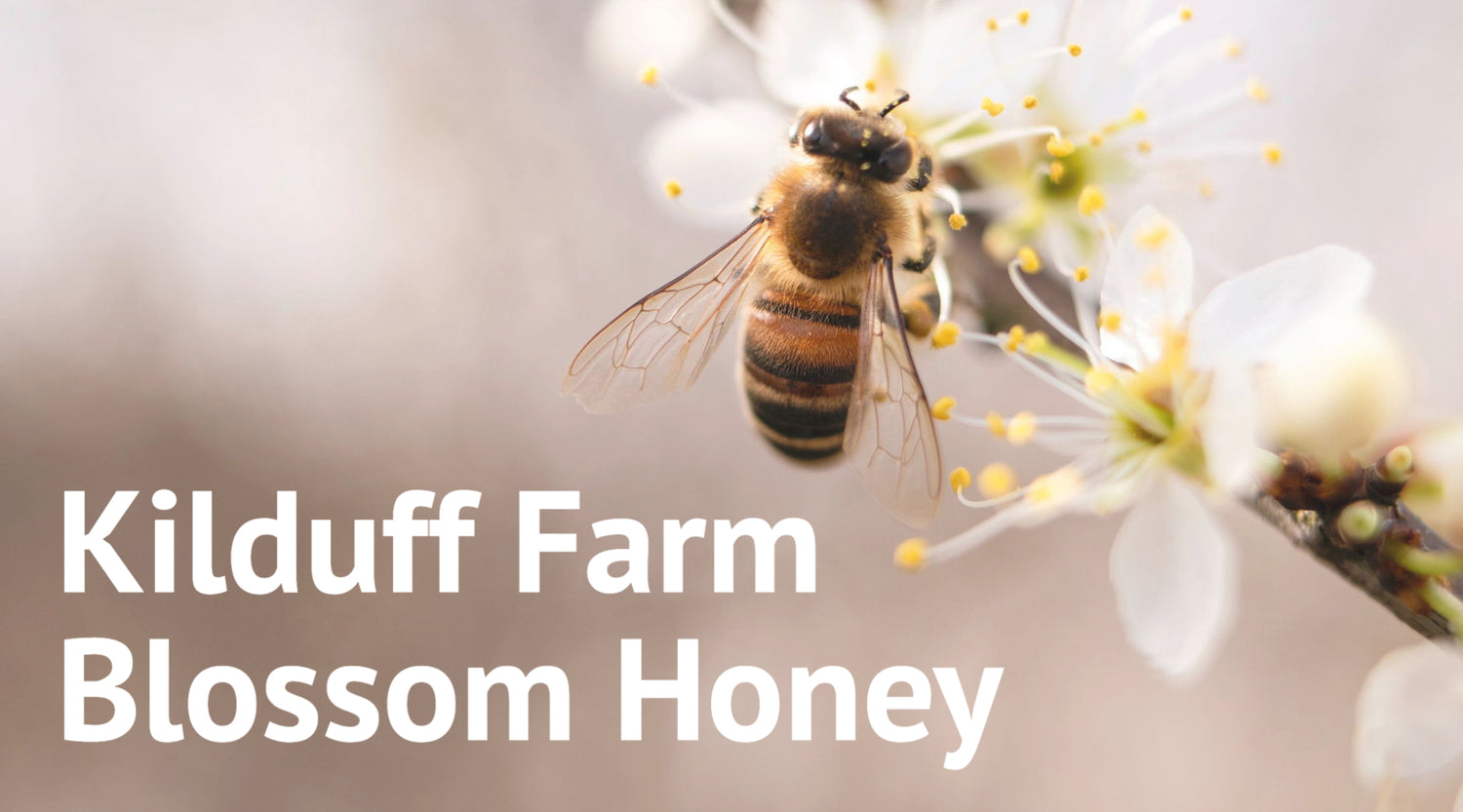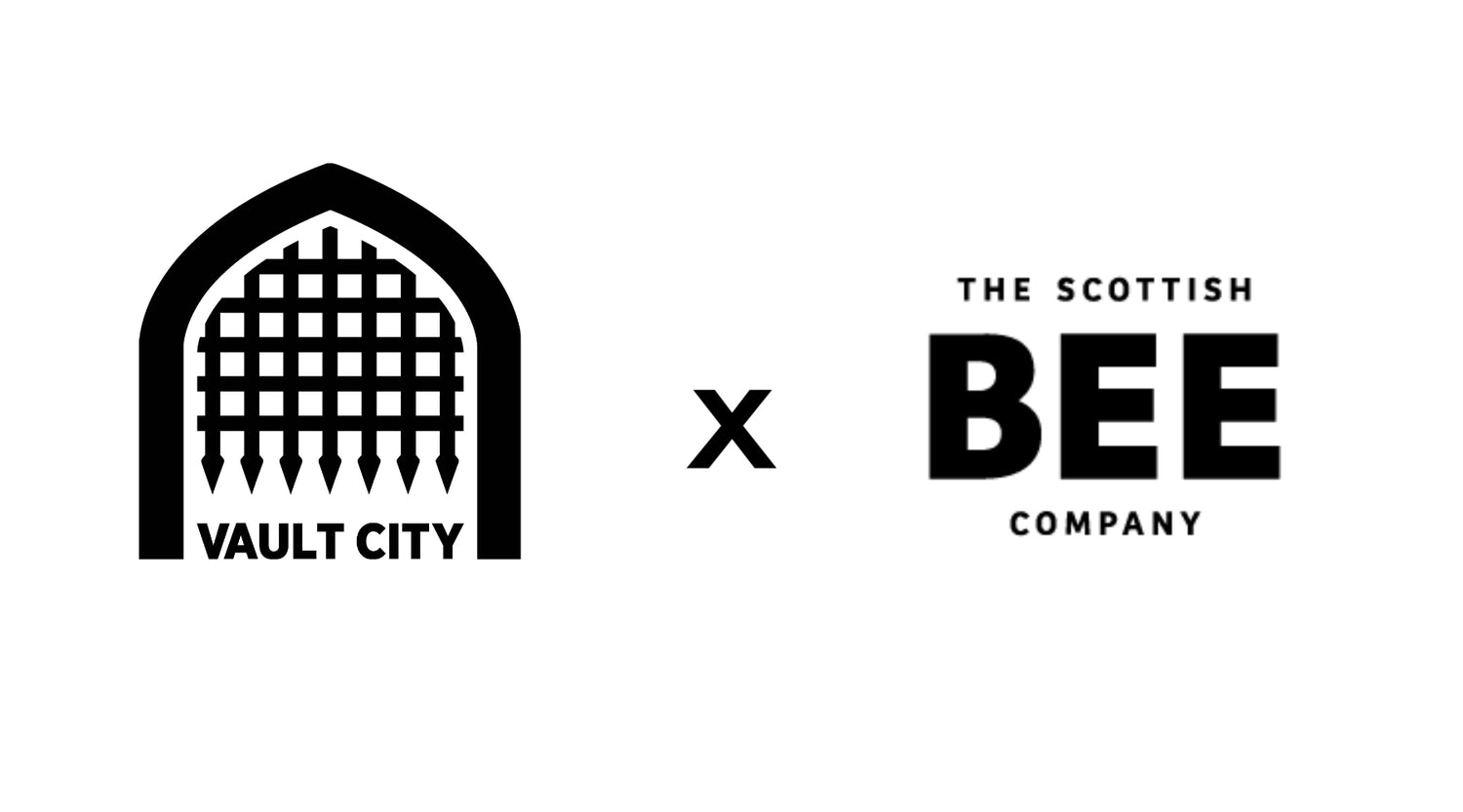Welcome to the Love Your Local Larder podcast! A podcast that celebrates local produce with the people who cook and grow it.
Blog written by Rachel Henderson.
In this episode of Love Your Local Larder, we delved into the captivating world of Highland Fine Cheeses, a family-operated business with a legacy spanning back to the 1950s, known for their expertise in crafting renowned 'smelly' cheeses like blue and brie, earning them numerous awards. Suzie had the pleasure of joining the charismatic and knowledgeable Rory at the factory. Together, they explored the intricacies and artistry of being a cheese producer in Scotland, discussing its rich history, production processes, challenges faced, and a delightful tasting session showcasing their range of cheeses. Don’t miss Rory’s suggestions for crafting a cheese board for Christmas!

With a rich family legacy steeped in cheese-making, the Stone family remains at the forefront of Highland Fine Cheeses today. Rory became a part of the family enterprise in 1994, joining his mother and elder brother in this cherished cheese-making legacy, eventually taking the reins of the company. During the artisanal food trend of the 1990s, Highland Fine Cheeses introduced Scottish cheese gifts, featuring crowdie and caboc, which proved pivotal in sustaining their business. Their expansion included the addition of Strathdon blue, an innovation adopted from another company. The milk essential for their cheese production is sourced from three distinct farms across Scotland - West of Wick, Caithness, and the Black Isle and is transformed into an array of delectable, pungent cheeses at their Tain facility. Embracing the ethos that the smellier, the better, Highland Fine Cheeses pride themselves on their aromatic cheese varieties.

Suzie reflected on her journey with Highland Fine Cheeses: ‘I recorded this podcast in the middle of Storm Babet in between stints in a caravan with my kids on the beach in Dornoch. I now know what it's like to be inside a tumble dryer, it was terrifying but also weirdly life-affirming. I drove through the storm to go and meet Rory at his cheese factory in Tain and what an experience it was. Cheese everywhere, different types being done all the time and at different stages of maturation. Rory is like an encyclopaedia on all things cheese and I just couldn't stop asking questions as there is so much to know about this amazing product. Brilliant escape from the storm and thoroughly funny and interesting interview.’
Listen to the podcast episode here...
Rory shared an intriguing insight, suggesting that cheese might have been humanity's first manufactured food! He elaborated on the fascinating fact that cheese production dates back to at least 4000 BC, with armies relying on it as a staple and it being a significant commodity in trade. He also shed light on the origins of cheese preservation techniques in the Highlands, tracing back to interactions with the Vikings around 600 AD. These early cheese-makers crafted lactic cheese curds like crowdie as a means of preserving milk.

Crowdie, originating from times when leftover milk was utilised to supplement basic diets, is a cheese with an intriguing traditional preparation method. This cheese was crafted from spare milk, wherein the cream is separated, and the remaining milk is allowed to naturally sour and form curds. These curds were then gently heated, similar to scrambling eggs, and hung in a muslin cloth to dry, along with a sprinkle of salt. The resulting cheese should have a light and airy texture, particularly delightful when still slightly warm. While it may not boast an intense depth of flavour, crowdie possesses tart, lemony, and sharp notes. Despite this, its versatility shines through, as it can be used in various ways such as combining with smoked mackerel to create a delectable pate. Its addictive quality and unique characteristics have ensured its enduring presence in the core range of cheeses offered by Highland Fine Cheeses.

So how is cheese made? Cheesemaking is a method of preserving milk, transforming it into a product that can be stored for longer periods compared to fresh milk. Milk, considered a superfood for its nutritional value, undergoes preservation techniques in the cheese-making process.
Preserving milk through cheese-making involves several methods:
- Dehydration: Cheese, like crowdie, containing around 70% moisture without a stabiliser, tends to spoil relatively quickly—in a matter of days or a week. On the other hand, cheeses like cheddar, with around 33% moisture, can last for several months. This dehydration process significantly extends the shelf life of the cheese.
- Pickling: Controlled use of lactic acid is a method employed in pickling, ensuring safety while preserving the cheese. This controlled acidic environment helps in preserving the cheese without making it unsafe for consumption.
- Salting: Salting not only imparts flavour but also serves as a preservative by reducing available moisture. It contributes to the cheese's taste profile while inhibiting the growth of harmful bacteria.

Cheese offers more than just its irresistible taste and versatility in cooking. It boasts numerous health benefits, including being a rich source of calcium, fatty acids, and saturated fats. As with any food, moderation is key to incorporating cheese as part of a well-rounded and balanced diet.
Suzie relished the opportunity to sample a diverse assortment of cheeses right within the bustling factory setting. With Rory's entertaining flair, he guided us through various cheese types, offering candid opinions. The tasting included the likes of skinny crowdie, black crowdie (adorned with peppercorn and oats), caboc, camembert, blue cheese, and fat cow - a washed-rind variety.

Surely, after experiencing the tasting session, you might find yourself yearning for a cheese selection of your own. Rory emphasised that constructing a cheese board has no strict rules; it's entirely based on personal preference. His recommendations encompassed a spectrum: mould-ripened cheeses like blues and bries, a sweet and nutty option such as gruyere, washed-rind cheeses, along with camembert and cheddar, offering a delightful assortment for diverse tastes.

Our exploration of Highland Fine Cheeses unveils a captivating narrative of tradition and craft. Rory's cheese journey delves into family legacies and historical origins, positioning cheese as a potentially ancient culinary creation. From the bustling factory setting to indulging in a tantalising tasting session, the podcast encapsulates the resilience and artistry inherent in Highland Fine Cheeses. Beyond its delectable flavours, cheese emerges as a nutritional powerhouse, and Rory's insights into cheese boards encourage personalisation. As we savour each cheese one at a time, this episode leaves behind a trail of passion, history, and a lasting appreciation for local larder treasures. Find out more about Highland Fine Cheeses here.





